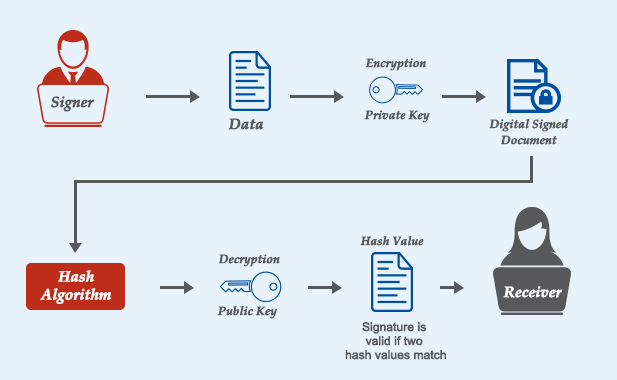Introduction
In recent years, artificial intelligence has made remarkable advancements, transforming various industries and aspects of our lives. One such breakthrough in AI technology is ChatGPT, a powerful language model developed by OpenAI. ChatGPT is an extension of the GPT (Generative Pre-trained Transformer) family, specifically designed to facilitate human-like conversations and interactions. However, behind the impressive capabilities of ChatGPT lies a critical element known as "Prompt Engineering." In this blog, we will dive into the fascinating world of Prompt Engineering, exploring how it shapes the behavior and performance of ChatGPT.
Understanding Prompt Engineering
Prompt Engineering refers to the process of crafting appropriate instructions or user inputs, known as prompts, to guide the output generated by a language model like ChatGPT. While GPT-based models excel at generating coherent text, they are sensitive to the specific wording of the input they receive. Consequently, the quality and relevance of ChatGPT's responses heavily depend on the prompts used to interact with it.
Challenges and Pitfalls
As with any sophisticated technology, Prompt Engineering comes with its share of challenges. Crafting the right prompt requires careful consideration to avoid biased or misleading results. Biases can inadvertently creep into the model's responses if prompts are not well thought out. Additionally, poorly constructed prompts may lead to ChatGPT generating nonsensical or harmful outputs. Striking a balance between informative yet neutral prompts is crucial in ensuring the model's reliability.
Tailoring Responses
Prompt Engineering allows users to shape the responses of ChatGPT according to their needs. By designing prompts that specify the desired format or type of answer, users can tailor the output to be more actionable. For example, requesting ChatGPT to provide a step-by-step guide to a specific task or asking it to summarize a lengthy article can enhance the utility of the model significantly.
Mitigating Biases
One of the primary concerns in AI language models is the potential for bias in generated content. Biases can be introduced through prompts that inadvertently steer the model towards producing prejudiced or offensive responses. To combat this, prompt engineers must be vigilant in creating prompts that remain neutral and unbiased. Moreover, researchers and engineers continually work on reducing model biases through fine-tuning and data preprocessing techniques.
The Role of User Feedback
User feedback plays an instrumental role in refining Prompt Engineering. By collecting feedback from users, developers can identify areas where the model might be underperforming or producing undesirable responses. This iterative feedback loop empowers prompt engineers to improve ChatGPT's behavior, enhance its understanding of user intents, and fine-tune it for better contextual awareness.
Empowering Creativity
Prompt Engineering is not solely about utility; it can also unleash the creative potential of ChatGPT. By crafting imaginative and open-ended prompts, users have discovered the model's ability to generate compelling stories, poems, and artwork descriptions. The dynamic between user input and model output becomes an interactive playground for artistic expression, turning ChatGPT into a collaborator in creative endeavors.
Conclusion
In conclusion, Prompt Engineering is a pivotal aspect of ChatGPT's capabilities and plays a vital role in shaping its behavior and performance. This innovative approach empowers users to elicit more accurate and desirable responses from the model while mitigating biases and pitfalls. As we continue to explore the potentials of AI, responsible and thoughtful Prompt Engineering will be essential in creating a beneficial and inclusive AI ecosystem.







